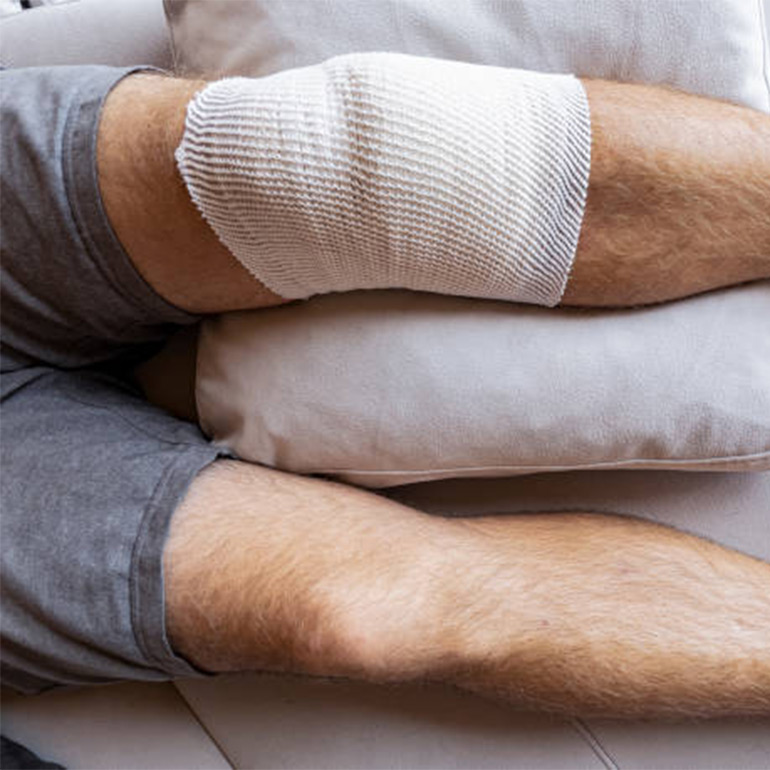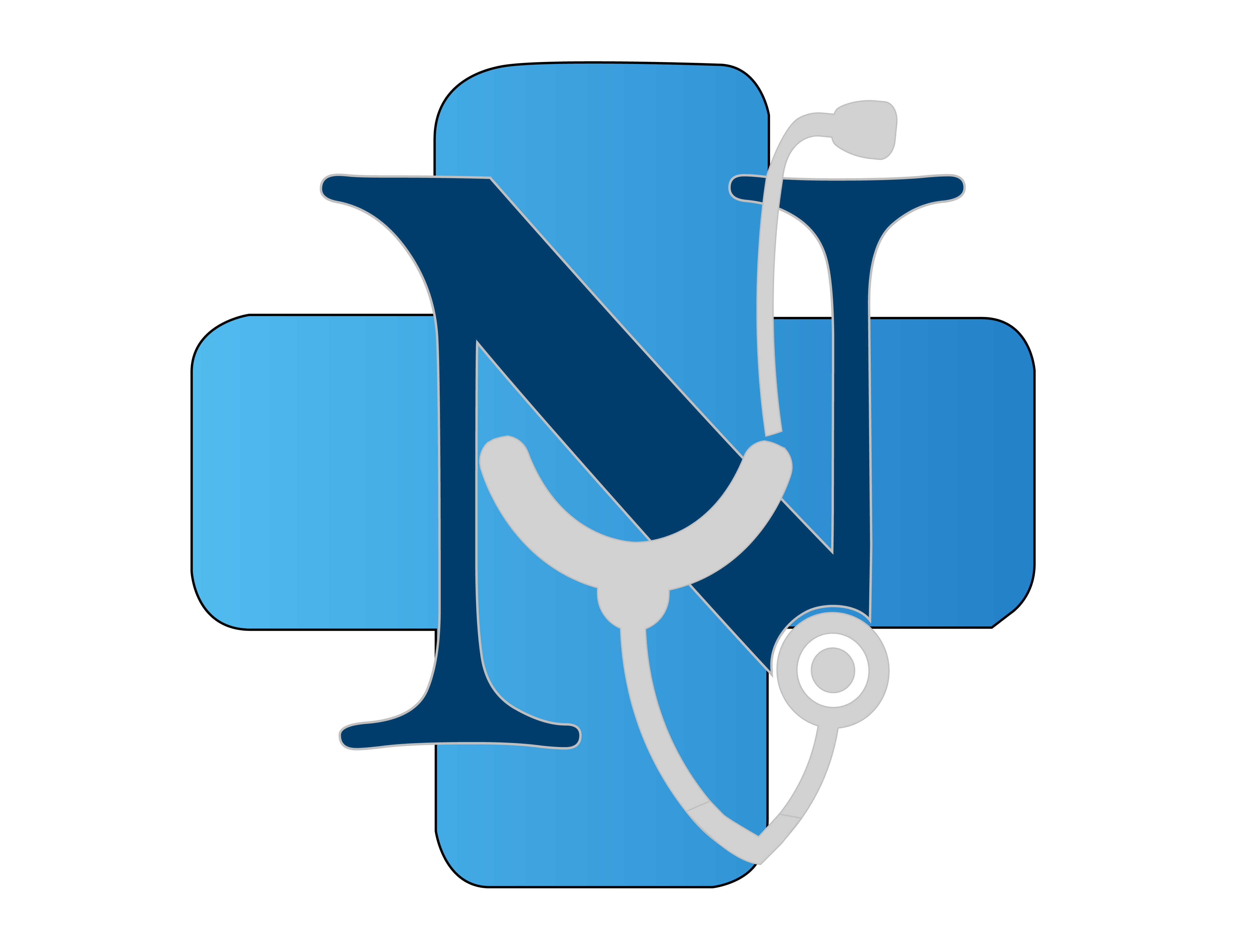
Expert Leg Trauma Care
Leg trauma can significantly impact mobility, function, and quality of life, often requiring specialized surgical care. Our board-certified plastic surgeon specializes in treating lower extremity injuries including complex fractures, soft tissue damage, and vascular injuries. Using advanced reconstructive techniques, we restore function, promote healing, and minimize long-term complications.
Whether caused by accidents, sports injuries, or workplace incidents, we provide comprehensive care to ensure optimal recovery. With state-of-the-art technology and a patient-centered approach, we help you regain mobility and return to your normal activities. Contact us today for expert evaluation and personalized treatment planning.
Comprehensive Leg Trauma Treatment
At our practice, we understand that leg injuries require specialized attention due to the weight-bearing function and complex anatomy of the lower extremities. Our comprehensive approach includes thorough assessment, advanced surgical intervention, and coordinated rehabilitation to ensure the best possible functional outcomes and aesthetic results.
- Expert management of complex leg fractures and soft tissue injuries
- Advanced reconstructive techniques including flap surgery
- Personalized treatment plans for optimal functional recovery
- Comprehensive rehabilitation planning and follow-up care
- Multidisciplinary approach involving orthopedic and vascular specialists when needed
Types of Leg Trauma We Treat
Our expertise covers the full spectrum of lower extremity injuries, from simple wounds to complex trauma requiring advanced reconstruction techniques.
Bone and Joint Injuries
- Tibia and fibula fractures
- Femur fractures
- Knee and ankle joint injuries
- Complex compound fractures
- Non-union or malunion fractures
Soft Tissue Injuries
- Severe lacerations and avulsions
- Degloving injuries
- Crush injuries and compartment syndrome
- Vascular injuries and reconstruction
- Complex wound management
Specialized Leg Reconstruction Procedures
We offer advanced surgical techniques to address complex leg trauma and restore optimal function and appearance.
Reconstructive Techniques
- Free flap reconstruction
- Skin grafts and tissue expansion
- Microvascular surgery
- Bone grafting and reconstruction
- Limb salvage procedures
Specialized Treatments
- Ilizarov technique for bone lengthening
- Nerve repair and reconstruction
- Scar revision and contracture release
- Diabetic foot reconstruction
- Post-traumatic deformity correction
Frequently asked questions
Understanding Leg Trauma Treatment
Leg injuries that typically require surgical intervention include complex fractures, open wounds with bone exposure, severe soft tissue damage, vascular injuries, compartment syndrome, and injuries that threaten limb viability. Crush injuries, degloving injuries, and traumatic amputations also require specialized surgical care to preserve function and achieve the best possible outcome.
Seek immediate medical attention for any leg injury that causes severe pain, deformity, inability to bear weight, numbness, pale or blue discoloration, open wounds, or exposed bone. For severe trauma, time is critical—go to the emergency room immediately. Early intervention can prevent complications like infection, non-union fractures, or long-term mobility issues.
Recovery from leg trauma surgery varies based on injury severity but typically involves initial immobilization, followed by gradual weight-bearing and physical therapy. The process may include multiple stages of rehabilitation over several months. We develop personalized recovery plans that may include wound care, physical therapy, and periodic follow-up surgeries if needed. Most patients see significant improvement within 3-6 months, with full recovery potentially taking a year or more for complex cases.
Most patients achieve significant functional recovery and can walk normally after proper treatment and rehabilitation. The extent of recovery depends on factors like the severity of injury, patient's overall health, and adherence to rehabilitation protocols. Our goal is to restore maximum function and mobility. We use advanced techniques including physical therapy, gait training, and sometimes orthotic support to help patients return to their normal activities. While some complex cases may have residual limitations, we work to optimize each patient's functional outcome.
